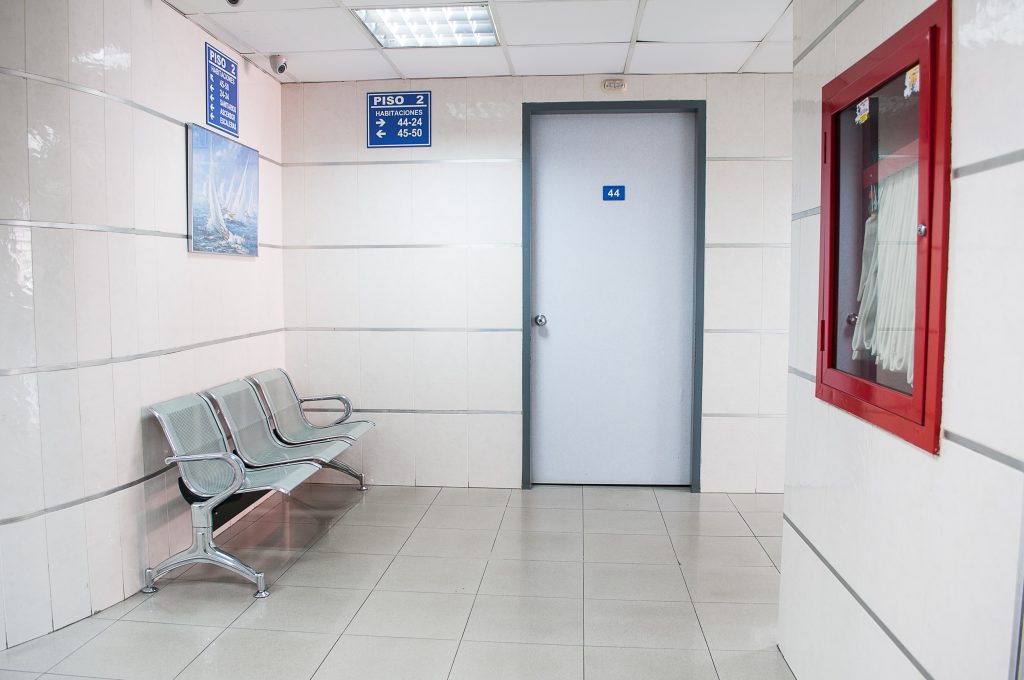Acoustics in Healthcare: The Impact of Sound on Patient Recovery

Introduction: Acoustics play a vital role in the overall healthcare experience, often underestimated but critically important. The impact of sound on patient recovery cannot be overstated, as a quiet and healing acoustic environment in healthcare facilities can significantly affect patient outcomes. This article explores the importance of creating such an environment and its profound effects on patient well-being and recovery.
- Reducing Stress and Anxiety: A quiet acoustic environment is crucial for reducing stress and anxiety among patients. Hospital environments can be inherently noisy, with the constant hum of equipment, alarms, and bustling staff. Excessive noise levels can exacerbate patient distress, hinder relaxation, and disrupt sleep patterns, which are essential for recovery.
- Promoting Restful Sleep: Sleep is essential for healing, and noise disruptions can lead to sleep deprivation, negatively impacting patient recovery. Creating a quiet environment is key to promoting restful sleep, which, in turn, aids in the body’s natural healing processes and helps patients recover more quickly.
- Enhancing Communication: Effective communication between healthcare providers and patients is essential for proper diagnosis, treatment, and post-operative care. A quiet environment improves communication, allowing healthcare professionals to relay information clearly, answer questions, and address concerns, ultimately leading to better patient care and understanding.
- Minimizing Medication Use: A quiet and calming acoustic environment can reduce the need for sedatives and pain medication. Lower stress levels and better sleep quality may lead to a decrease in anxiety-related medication usage, benefiting patient well-being and potentially speeding up recovery.
- Supporting Psychological Healing: The psychological aspect of healing is as important as the physical one. A soothing soundscape can help reduce patient apprehension, contributing to a more positive mental state. This, in turn, can enhance the patient’s ability to cope with illness and treatment, aiding in their overall recovery.
- Preventing Medical Errors: Excessive noise can be distracting for healthcare providers, leading to potential medical errors and miscommunication. A quiet healthcare environment is crucial for maintaining a high standard of patient safety, reducing the risk of mistakes that could harm patient outcomes.
- Better Post-Operative Outcomes: In surgical settings, a quiet environment is paramount for patient recovery. Studies have shown that a low-noise environment during and after surgery can result in decreased post-operative complications and faster recovery times.
- Reducing Length of Hospital Stay: A patient’s ability to recover quickly can lead to a shorter hospital stay, which not only reduces healthcare costs but also minimizes the risk of hospital-acquired infections. A quiet acoustic environment can be a contributing factor in achieving these outcomes.
Conclusion: Incorporating a quiet and healing acoustic environment in healthcare facilities is not just a matter of comfort but a crucial element in patient recovery. By reducing stress, promoting restful sleep, enhancing communication, supporting psychological healing, preventing medical errors, and ultimately improving patient outcomes, healthcare facilities can ensure that sound is an ally in the healing process rather than an obstacle. Recognizing the importance of acoustics in healthcare is essential for providing holistic and patient-centered care.
0 Comments